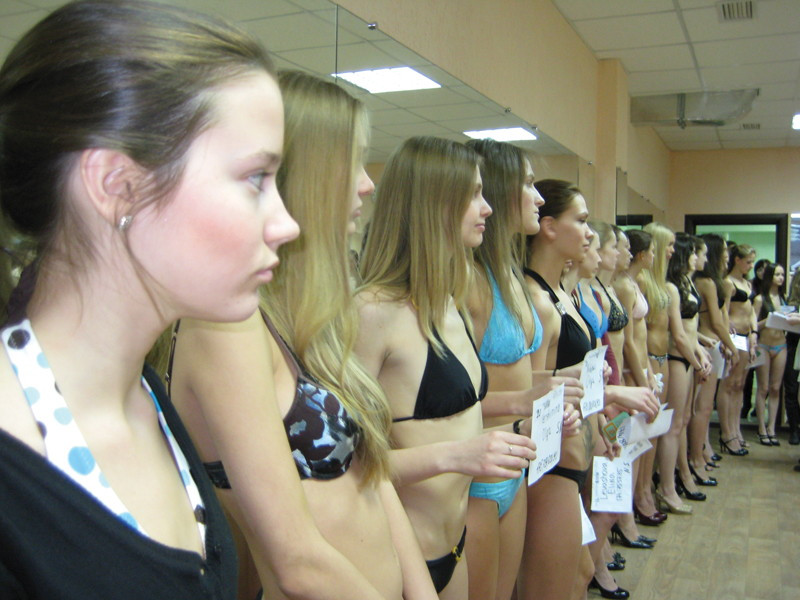Girl Model needs more depth
Disappointing doc explores exploitative modelling industry in Asia
Very young, tall and slim girls with long luscious hair stand around in a dance studio. They are awkward, wearing no more than a bikini, high heels and a number.
Several adults mill about, examining each girl for flaws. They pass on those whose hips are deemed too big, as if the girls were cattle at an auction house, with few truly standing out.
That’s exactly how I feel this side of the modelling industry treats these girls - like lambs ready for the slaughter. That’s also how I feel about Girl Model - some nice things to look at, but awkward to watch, and not a lot going on.
This documentary tells the story of the exploitation of young girls from Russia who are lured into the world of modelling in Asia with the promise of escape and riches. The girls are sent to a foreign country alone, not knowing the language, on the basis that they are promised paid work in their contracts.
The film also briefly touches on the roles of the modelling agencies and a recruiter who is a former child model.
Girl Model makes a lot of assumptions.
It assumes its viewers are knowledgeable about the modelling industry, and the people who work within it. The film could go further with a lot of its points, or make things clearer for the viewer with some text or a narrator explaining who key players in the industry are, what they do or explaining the girls’ contracts.
Instead the film simply skims the surface, and only slightly touches on the darker side of modelling, including the sex trade.
I don’t feel like I learned anything that I did not already know, and while I felt for the girls, I wasn’t surprised. Children are exploited everyday at the cost of their innocence, and one only needs to turn on the TV to see this.
Girl Model shows this without all the pageantry and glamour.
The film does drag at times. Clocking in at a sparse 77 minutes, the filmmaker could have picked up the pace or conveyed more information.
There were too many shots of stagnation, or of the girls calling home, crying to their parents in Russia. These shots are important to let the audience know the girls are miserable and not getting the jobs they were promised, but that could have been covered with the use of on-screen text.
One interesting aspect that the film does cover is its use of the former model who is now a recruiter. I could not get over the fact that she now selects girls to go do something she absolutely hated.
The use of video that she shot while modeling in Japan in the late ’90s effectively gets across the misery and isolation these girls experience.
However, focusing on a surgery for the removal of a cyst was unnecessary, and the film should have focused more on the current girls who were struggling to find work.
Published in Volume 67, Number 6 of The Uniter (October 11, 2012)







